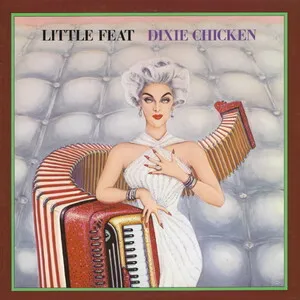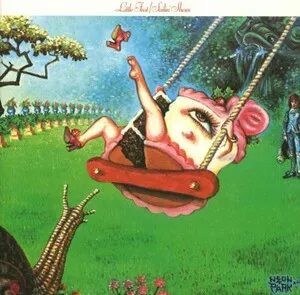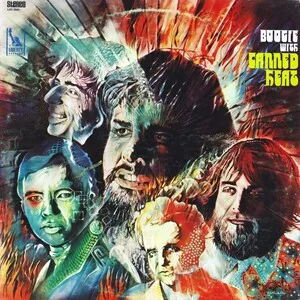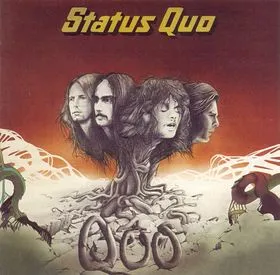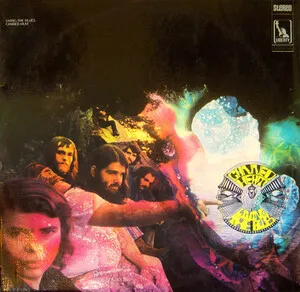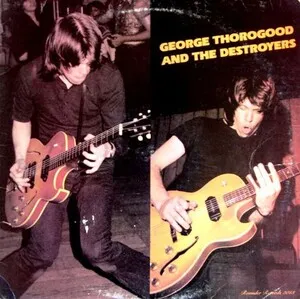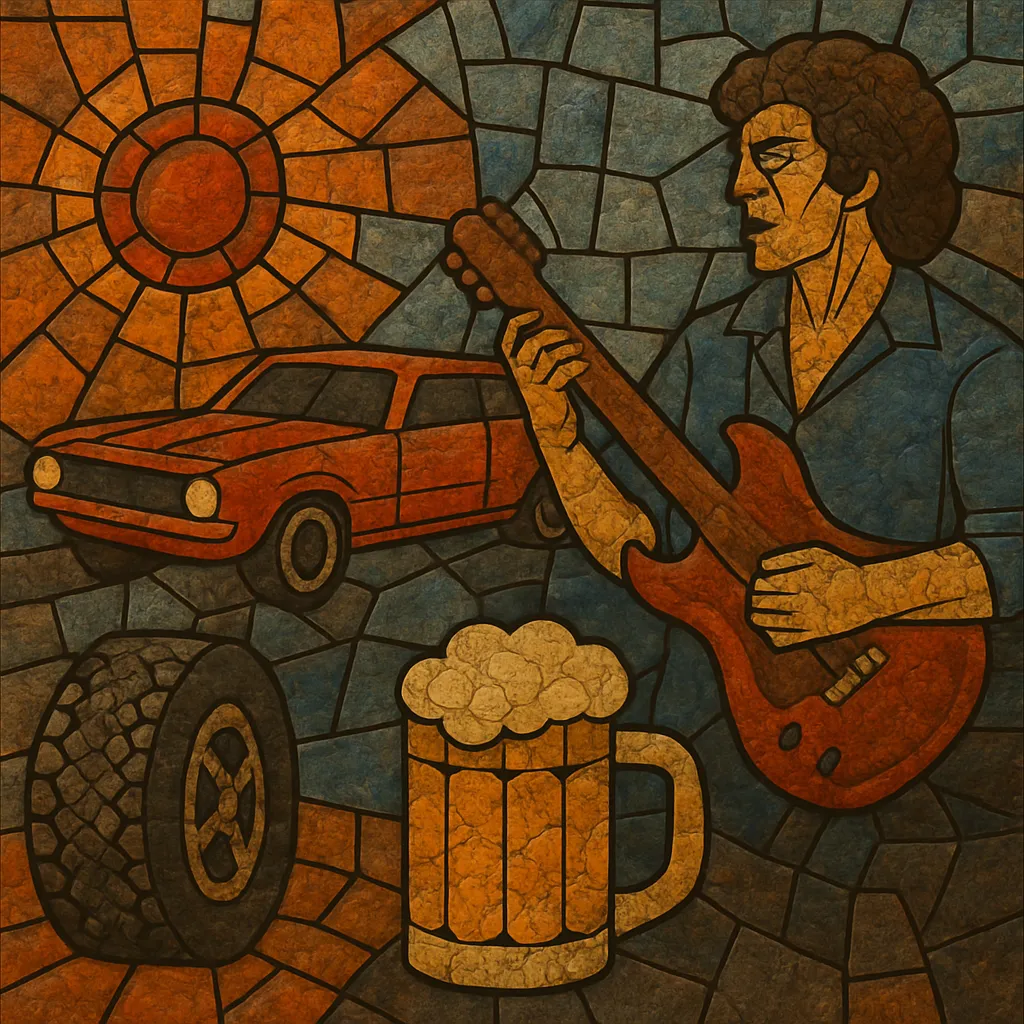
Boogie rock is a driving, riff-centered branch of blues rock that locks into a shuffle or 12/8 “boogie” groove and rides it with relentless energy. It translates boogie‑woogie piano patterns to electric guitar and bass, favoring mid‑to‑fast tempos, I–IV–V progressions, and repetitive, danceable ostinatos.
The sound emphasizes crunchy, tightly interlocked rhythm guitars, a walking or pedal‑point bass that outlines the boogie pattern, and straight‑ahead drumming with a swung feel. Vocals are bluesy and unpretentious, with lyrics celebrating cars, roads, bars, romance, and blue‑collar bravado. Extended jams, stop‑time breaks, and call‑and‑response between lead guitar and vocals are common performance traits.
Boogie rock grew out of electric blues and blues rock as bands recast the left‑hand boogie‑woogie piano figure for guitar and bass. American blues artists such as John Lee Hooker had long championed hypnotic, one‑chord boogies, and late‑1960s blues‑rock acts (e.g., Canned Heat and Ten Years After) began pushing that feel into louder, more dance‑oriented settings.
The early 1970s UK bar/pub circuit proved pivotal. Bands like Status Quo, Foghat, and Savoy Brown streamlined the blues shuffle into tight, hard‑hitting songs built around repetitive boogie riffs and sing‑along choruses. In the United States, ZZ Top fused Texas electric blues grit with a relentless boogie pulse, helping the style reach arena audiences. Radio‑friendly production, simple forms, and crowd‑pleasing grooves made boogie rock a staple of tours and festivals.
Through the 1980s, artists such as George Thorogood & The Destroyers kept the style in the mainstream with bar‑band charisma and road‑warrior aesthetics. Boogie rock’s rhythmic blueprint continued to inform hard rock and southern rock, and its no‑frills, riff‑first ethos remains a perennial template for live, high‑energy rock shows.
Start with a medium‑to‑fast shuffle or 12/8 feel (often 110–150 BPM). Drums should accent a swung eighth‑note ride pattern with a strong backbeat on 2 and 4, adding snare ghost notes to keep the pocket alive.
Use simple I–IV–V progressions in guitar‑friendly keys (E, A, or G). Build riffs from the major/minor pentatonic with blue notes (b3, b5, b7). A classic boogie bass/guitar pattern outlines root–5–6–b7–6–5 with a triplet swing. Employ stop‑time hits to set up vocal entries or guitar fills.
Favor twin guitars (tight rhythm + expressive lead), electric bass, and drums; add harmonica or boogie piano for extra grit. Keep arrangements lean: verse–chorus forms with space for a middle eight or a concise solo. Use call‑and‑response between voice and lead guitar, and allow a short jam section to build crowd energy.
Aim for crunchy but clear guitar tones (cranked tube amps, moderate overdrive, minimal modulation). Double‑track rhythm guitars left/right for width. Record drums with a live room feel and minimal gating to preserve the groove. Keep vocals upfront, dry, and punchy.
Write plain‑spoken, good‑time lyrics about travel, nightlife, desire, and working‑class swagger. Deliver with bluesy inflection and rhythmic phrasing that locks to the groove. Prioritize energy, interaction, and a danceable pulse over harmonic complexity.

